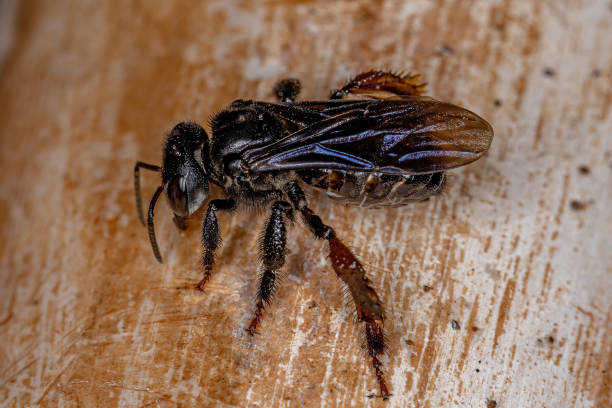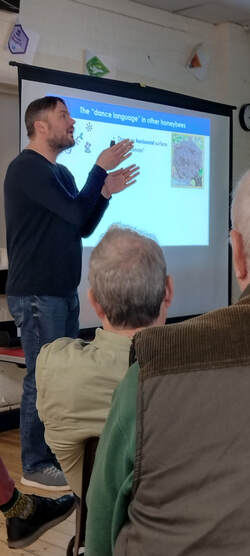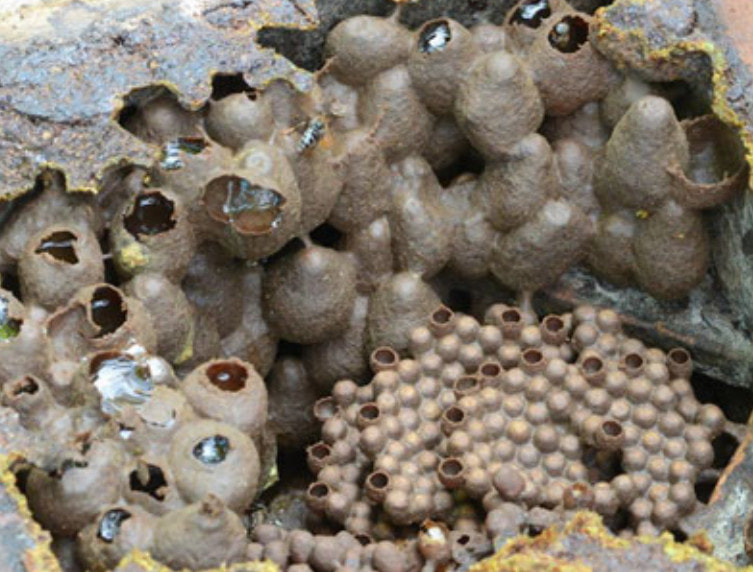NORTH SOMERSET BEEKEEPERS
Comb is not reused, and each new brood cell is constructed and stuffed with food stock just before the Queen lays an egg in it. Varroa has not infected stingless bees .... yet. There are currently about 550 species of tropical stingless bees. I found the whole world of stingless bees thoroughly absorbing, offering new insights into the working of evolution. There is so much still to understand about stingless bees which may help us with caring for our honey bees. The slide set used by Christoph is also available to download:
Rob Williams
14/11/22
0 Comments
Leave a Reply. |
||||||||||||


